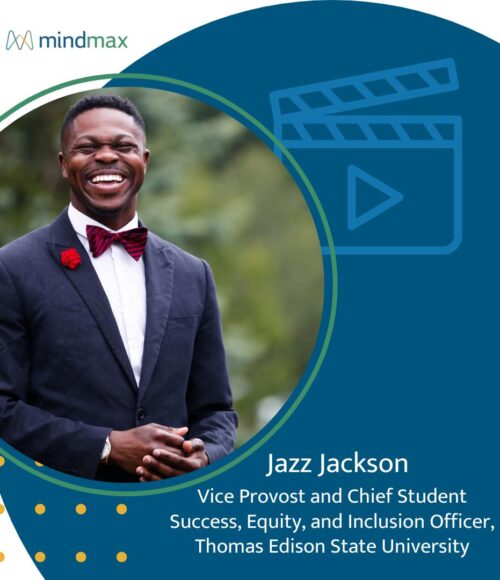7 Trends to Rock Higher Education
My work is at the crossroads of higher education and corporate education. The trends I see give me hope for a better educational environment for students and for organizations seeking better-qualified graduates. But I also see a darker future for colleges that can’t adapt to a world of accelerating change.
Here are seven areas that are gathering momentum and which we hope to see impacting the year in higher education.
-
Big Data Analytics: The Big Reveal
This isn’t news for business, but it’s already revolutionizing education. We’re collecting tons of data about how people learn, especially in online settings, as well what works in marketing and recruiting through social media. The new open-source learning platforms allow more access to data and research on how students learn and people teach.
-
More Personalized Learning: Would You Like Psych With That?
One benefit of big data is that it will give us the ability to personalize learning for each student, delivering more specific information that better suits each person’s learning style for the most desired outcome. The curriculum will sift and sort the information and delivery style optimized for the right-brain learner, the ultra-organized learner, the visual learner, and the attention-challenged learner.
-
Hybrid/Blended Experiences: Platform Diving
With the increased use of mobile devices, we’ll see more courses designed to share information across platforms. Smart schools will provide more choices and learn to optimize what each medium can provide as well as managing and tracking what occurs in the process to continually evolve best practices.
-
Competency-based Degrees: Just Did It
We will see more competency-based courses and degrees: programs that focus more on what students actually learn—as measured by skills they can demonstrate—rather than doling out credits for “passing” a course. Driven by industry’s need for specialized expertise on a just-in-time basis, colleges are adding competency-based learning as an alternative to credit-hour-based degrees. A further advantage, according to the Council for Adult and Experiential Learning, is that “many competency-based education (CBE) programs have been designed to allow students to learn and progress at their own pace.”
-
Higher Ed and Corporate Ed—Two Eds Are Better Than One
We will see an increased intersection between the two fields. Students and parents paying high tuition are demanding job relevance now. Organizations are demanding graduates they don’t have to retrain. Thus techniques and trends learned in corporate education settings, where the stakes are profits and productivity instead of grades, will have increasing influence on what and how colleges decide to teach. Conversely, astute universities will a)employ new faculty with particular skills, b)offer time-shifted courses, c) provide more online instruction, and d)develop curricula faster to keep up with the rapid evolution of technology and management needs across all industries.
-
Gamification on the Rise—Your Move
Games, simulations, case studies, virtual environments, and scenario-based exercises have been part of business school and business training for decades. The simplest description is “learning-by-doing.” But it’s becoming much more sophisticated with a wealth of new developers working on projects that span the educational spectrum from law to biology to the government to supply chain management. The teaching media range from Google Glass to therapeutic games online to treat disabled patients. This is still new territory for much of higher education, but not for long.
-
Moving Beyond MOOCs
We’re past the sizzle of MOOCs (massive online open courses); now we need to focus on optimizing them. In their May 2014 study on MOOCs, Fiona M. Hollands and Devayani Tirthali concluded that “MOOCs will change the economic landscape of higher education; there will be more ’unbundling‘ of educational services; some experts see a possible shift in federal funding toward providing incentives for competency, more than degrees; and many see the disappearance of some institutions who fail to adapt to a rapidly changing academic landscape.”
A new school year brings hope for positive change. Let’s keep an eye on these trends to ensure we’re moving in the right direction.
Related Ideas
Jazz Jackson Wants to Help Every Student Finish What They Start

John Robichaux Wants Lifelong Learning to Drive Public Impact
